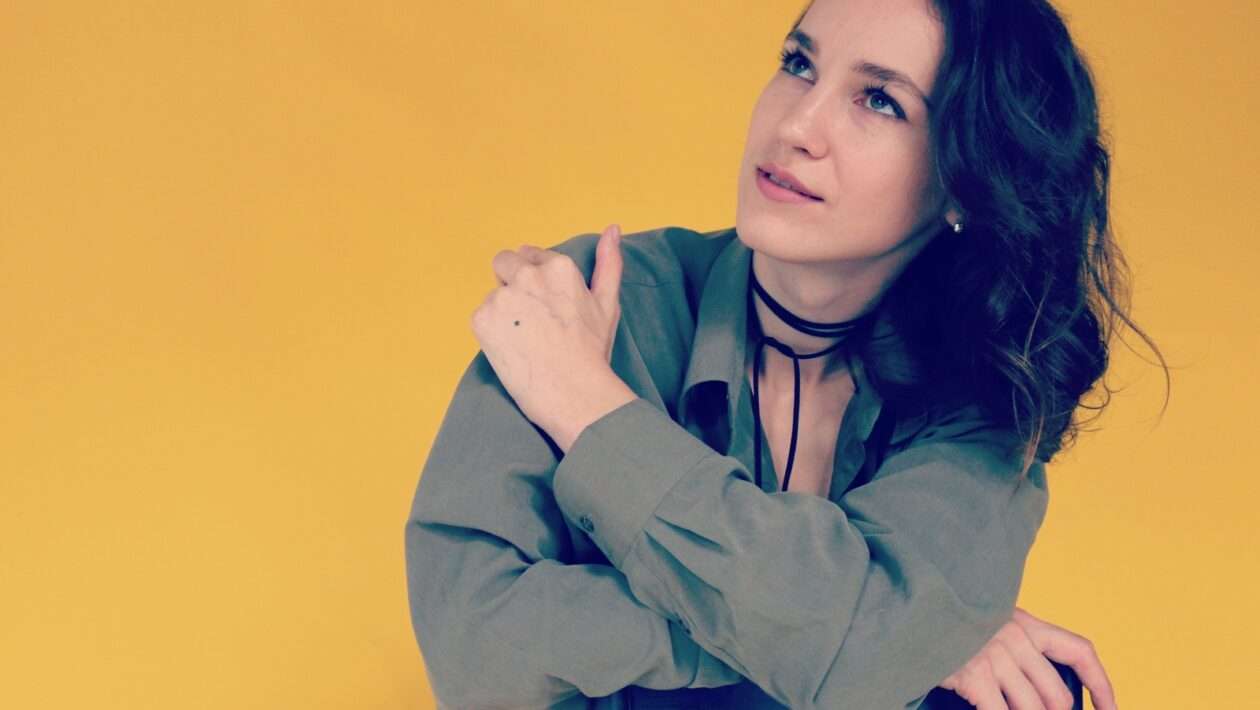Mass Media: Means (especially newspapers, radio, television) of imparting information to, influencing the ideas of, enormous number of people. Oxford Dictionary
There is no doubting the power and the influence of the media on most of our lives. Many of us live in a media-saturated society. From the moment we wake, our day is penetrated by pictures and sounds from the audio-visual media. At night our dreams are touched by the images of the day.
It has been suggested that the average adult of some countries spends approximately 75 hours per week in contact with the mass media, however casual that consumption may be – a glance at a poster or a half heard radio programme. Many governments have statistics showing that children spend more time with the mass media than they do in the classroom. Only sleep takes up more time.
You and the Media
Keep a diary for one week of your own contact with the media.
Note the type of media and the length of time you were in contact with it. (Remember you could have contact with several types of media at the same time).
At the end of the week discuss in groups the type and length of media consumption.
Design a bar graph illustrating the results.
As we spend so much time in contact with the media, it ‚naturally‘ provides us all with a potent source of information, values, pleasure and meaning. This helps shape our attitude to ourselves and the world in which we live.
„The mass media do not determine attitudes but they do -structure and select information we may use on which to base decisions about what attitude is appropriate… (this) means that it tends to maintain, cultivate and exploit beliefs and attitudes already held, rather than undermine or alter existing perceptions. Gajeara Venna, The Black and White Media Book
The selection procedures used by the media to determine what we read, hear and see are critical to our own understanding of the reality around us.
The family album
In pairs or smafl groups:
Look at your own, or your family’s photo album.
Talk about some of the events shown with your partner or group.
Consider:
What are the photos of ? (Parties, marriages and holidays?) How many are there of fights, everyday drudgery, divorces, funerals, bad times?
We are very selective in what we choose to take a photo of initially. We then select what to put in the album or on display.
- What you are likely to take pictures of – where and when.
- Which you choose to display or put in an album.
- Which you reject – and why.
- For a few photos, try to remember what happened before and after the photo-was taken.
- Is the album a ‚true‘ record? Does it reflect reality?
- Why do we rarely keep a record of unpleasantness?
- To a person that did not know us, how might our selection process for our album affect the way we are viewed?
Our own photography is probably conservative and follows a set pattern. The kind used by the mass media is no less so. All the visual images we see in the media have been chosen to express a particular point of view and to conform to set patterns. Just as we don’t display the photo where we were caught picking our nose, so the media carefully selects the visual images it provides us with. These selection processes will affect the opinions of those receiving the images. It will influence our opinions about: politics, possessions, wealth and poverty, strikes, demonstrations, the world generally.
The power of visual images and of the selection processes used by the media will be better understood by attempting some of the following activities:
Analysis
Using a photograph, slide, or still, start by showing a small section of it. Then increase to a larger section and finally the whole of it.
The group should call out what they see and must decide whether they are describing the image (objective) or interpreting it (subjective).
Individuals or groups could prepare their own photographs for analysis. This exercise indicates how photographs can be % used‘, how responses to images have been ‚learned‘ collectively and how they might be varied
Photo analysis
Each person has a photograph and a piece of paper. They write a brief comment about the image, fold the paper and pass it on. When all the group have commented the group should discuss their responses and the reasons for making them, noting similarities and differences.
Captioning
„The photograph of a couple locked in embrace may be captioned Love or it may be captioned Rape“. Harold Evans
Using a selection of photographs students should write a caption to accompany the image. The photograph and text should then be passed to another member of the group who is asked to write a caption interpreting the image from a different point of view.

